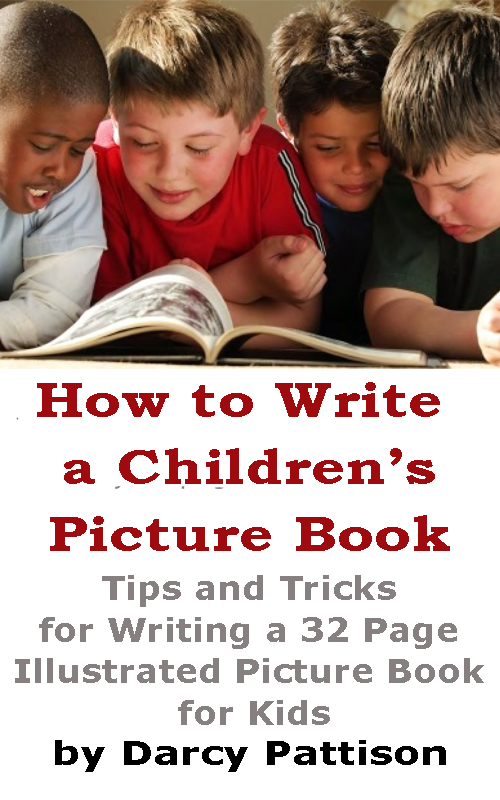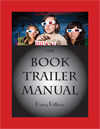When a first draft is slightly off in the Show-Don’t-Tell of a relationship, how do you correct the relationship? Three places in a story can be tackled.
Direct confrontations. When characters interact, it’s relatively easy to adjust a character relationship to heat it up or cool it down. The exact wording of dialogue can change: “That was mean.” v. “I hate you.” In both cases, the speaker may hate the other person, but what they actually said was a reason for the hatred. These wordings must exactly give the impression you want for this relationship. Further, you can build in progressions of similar comments throughout the story to indicate the changes in the relationship.
 Talking about a character. If only A is present, we can still learn about A’s and B’s relationship by the way the A thinks about B, or how A tells someone else about B. Again, both denotation and connotation are important. Within the context of the story, words take on extra meaning or connotations. For example, in a story about cowboys, most discussions of horses would take on an affectionate tone. Comparing a working relationship to a cowboy’s relationship with his horse would be a good connotation. Comparing a working relationship to a cowboy who comes up on a rattlesnake, well, that’s bad.
Talking about a character. If only A is present, we can still learn about A’s and B’s relationship by the way the A thinks about B, or how A tells someone else about B. Again, both denotation and connotation are important. Within the context of the story, words take on extra meaning or connotations. For example, in a story about cowboys, most discussions of horses would take on an affectionate tone. Comparing a working relationship to a cowboy’s relationship with his horse would be a good connotation. Comparing a working relationship to a cowboy who comes up on a rattlesnake, well, that’s bad.
Symbolism within a story. Finally, within a story, certain objects or events can carry a symbolism that reflects back on the character relationship. For example, in a story about a father and daughter, a symbolic moment might be a description of a bird forcing its chick to fly for the first time. You don’t have to explicitly connect the flying with the father-daughter relationship; instead, the reader will understand that the father is only trying to make the daughter grow up.
If you’re working on a character relationship, work on all three levels, not just one. Adjusting only one will leave the reader unsure what you meant. Make sure you are controlling what the reader understands and feels.

I just named some characters, Jane and John Smith. What does that say about these characters? Do you think boring? No, no, think alias. Think clueless that such an alias might be too transparently an alias. What would make them so clueless? Ah, you’re getting interested in my characters just from their names? One hopes so!
What connotations do your characters’ names have? Abraham, might be Biblical or it might be Presidential. Either way, it evokes a certain set of expectations about your character that you can play against or reinforce, as needed.
In some ways, it’s just the normal exactness that you need with any of your language. But this is a very important tag for your character. When you name your character, think about these things:
Top 5 Tips on Naming Your Characters
 Meaning of the name. Buy a good baby name book or something like The Writer’s Digest Character Naming Sourcebook. What does the name mean and how does that relate to the character qualities you want to show-don’t-tell? You can use it to reinforce or contrast. For example, my name means Dark Fortress, while my husband’s name means Blond Warrior. Kinda nice combination, don’t you think, a love story meant to endure!
Meaning of the name. Buy a good baby name book or something like The Writer’s Digest Character Naming Sourcebook. What does the name mean and how does that relate to the character qualities you want to show-don’t-tell? You can use it to reinforce or contrast. For example, my name means Dark Fortress, while my husband’s name means Blond Warrior. Kinda nice combination, don’t you think, a love story meant to endure!
- Origin of name. Does the name come from a certain language, time period, or ethnic group? How does the origin affect the connotations for the name?
- Think of possible nicknames for this name. What complexities can you bring to the character just by using an apt nickname? Will the nickname contrast or reinforce the real name? For example, Rebecca could be called Bec, or she could be called something totally unrelated like Wisdom.
- Say the name out loud. Is it easy or hard to pronounce? Does it “trip off the tongue lightly”? Or, does it tie the tongue in knots? What would each of these options say about your character? Will the reader be put off by a hard-to-pronounce name? Or is it an expected part of your genre, like fantasy or science-fiction?
- Try out several names. Write a sample chapter using the name, but use the Find and Replace on your word processor to change out the name for an alternate. Reread the chapter. Which name seems apt? Repeat until one feels right on all levels!
 | |
NEW EBOOK
Available on
|
For more info, see
Random Acts of Publicity DISCOUNT:

$10 OFF The Book Trailer Manual.
Use discount code: RAP2011
http://booktrailermanual.com/manual
Voice begins with the right choice of words

Word choices matter!
Each story or novel has its own diction, or the group of words that could be used for this story. For example, a historical fiction would have different word choices than a romantic comedy. Of course, there’s lots of overlap, but each story has certain words that you would say are inappropriate or are exactly right. In other words, the story is a context for making choices; and each choice will affect the overall context.
- Word origins can make a difference: fire is a strong Anglo-Saxon word, while inferno is a Latin-based word.
- Length or syllable count matter: fire is single syllable, while inferno has three syllables.
- The connotations of words matter. Does inferno carry connotations of hell? While fire makes you think of a cozy campfire? Connotations can be personal, but they also are cultural and these nuances matter.
- The formality of words, from formal to informal, can change voice.
- Progressions–for example, comparative to superlative–also affect voice.
- Jargon is the specialized vocabulary for a subject: for example, in baseball, you would talk about steals, earned runs and RBIs. Slang is contemporary language that means something to today’s audience only.
Words That Mean Something Else
Classic rhetoric discusses tropes, or the ways that words are used. Sometimes we call this figurative language, but it’s mostly how the word is used. Here are some common tropes.
- Metaphor/Simile: Two unlike things are said to be alike. The comparison is implied for a metaphor, but explicit for a simile.
Ex. Eating, he was a pig.
He ate like a pig.
- Synecdoche: Part stand for the whole.
Ex. He’s in trouble with the law. (Law stands for police or legal system.)
- Syllepsis: Use of one verb that is understood differently in relation to two or more objects.
Ex. His boat and his dreams sank.
-
Anthimeria: One part of speech is exchanged for another.
Ex. They enrolled in parenting class. (Parent is a noun used as an adjective.)
- Periphrasis: Substitution of one or more descriptive words for a proper name.
Ex. Blue-Eyes can croon a great tune.
- Personification: Attribution of human qualities to inanimate objects or abstractions.
Ex. No one, not even rain, has such small hands. (e.e. cummings)
- Litotes: Use of understatement to intensify an idea. It usually involves denying the contrary.
Ex. It isn’t very serious. I have this tiny little tumor on the brain. —J.D. Salinger, The Catcher in the Rye
- Oxymoron: Juxtaposition of two contradictory words.
Ex. To win is to lose.
 Talking about a character. If only A is present, we can still learn about A’s and B’s relationship by the way the A thinks about B, or how A tells someone else about B. Again, both denotation and connotation are important. Within the context of the story, words take on extra meaning or connotations. For example, in a story about cowboys, most discussions of horses would take on an affectionate tone. Comparing a working relationship to a cowboy’s relationship with his horse would be a good connotation. Comparing a working relationship to a cowboy who comes up on a rattlesnake, well, that’s bad.
Talking about a character. If only A is present, we can still learn about A’s and B’s relationship by the way the A thinks about B, or how A tells someone else about B. Again, both denotation and connotation are important. Within the context of the story, words take on extra meaning or connotations. For example, in a story about cowboys, most discussions of horses would take on an affectionate tone. Comparing a working relationship to a cowboy’s relationship with his horse would be a good connotation. Comparing a working relationship to a cowboy who comes up on a rattlesnake, well, that’s bad.








